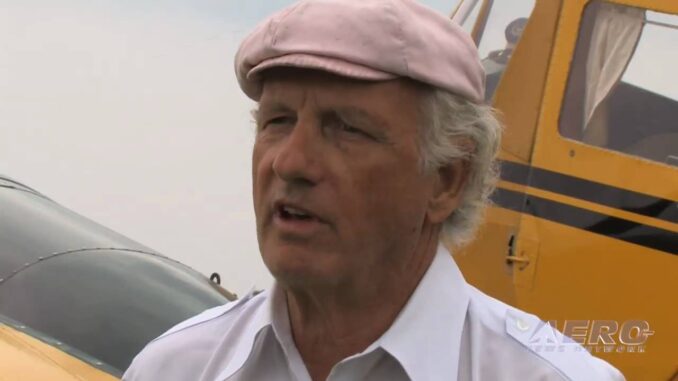
Owner Thomas Huf Introduces the Aircraft of “Sky King” Renown
In 1940, Cessna introduced their very first twin-engine aircraft to the civilian market, the T-50 “Bobcat.” Shortly after, the U.S. Army ordered 33 specially crafted T-50s for multi-engine advanced trainers, designated as “AT-8s.” With the outbreak of the of World War II, however, the United States Army Air Forces adopted the Bobcat as a light personnel transport, designating them as “US-78s.” It was through these roles that the Bobcat earned the famous Bamboo Bomber nickname. By the end of the war, Cessna produced more than 4,600 US-78s for the USAAF and over 800 for the Royal Canadian Air Force. From the 5,400 Bobcats produced overall, about 42 airframes remain today, with only half of that number airworthy.
Composed of wood and tubular steel, the fabric-covered T-50 has a maximum weight of 5,600lbs. Originally built with Lycoming R-680 engines, subsequent contracts (designated AT-17, C-78 and UC-78) use two Jacobs R-755 engines, each capable of 245hp. The Bobcat’s cruising speed is 150mph, while maximum speed is 175mph. The entire wing is composed of a single 42-foot wing with full-length 42-foot laminated spar. With the large interior, the aircraft is capable of carrying a two-member crew and up to three passengers.
At the close of the war, as with many aircraft of the era, most US-78s were sold as surplus. The model quickly gained notoriety as the personal airplane of “Sky King” in the popular 1950s television series. Originally a radio program, “Sky King” followed the adventures of WWII pilot, turned rancher, Schuyler “Sky” King as he captured criminals, rescued hikers, and solved mysteries all with the help of his aircraft, “Songbird.” Though a Cessna 310B replaced the T-50 in later episodes, the original “Songbird” lives on. Join Aero-TV as we profile the Cessna T-50 Bobcat.
Copyright 2010, Aero-News Network, Inc., All Rights Reserved.
